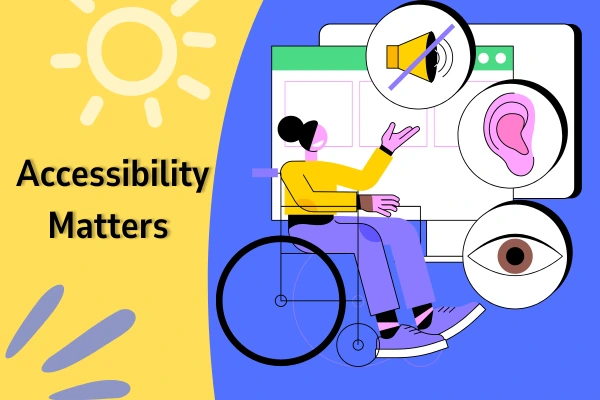The internet should be for everyone. Yet, millions of people with disabilities struggle to access websites due to poor accessibility practices. This not only excludes a significant portion of the population, but it also hinders businesses from reaching a wider audience. Here’s why building accessible websites is crucial, and how to implement inclusive design principles.
Why Accessibility Matters
Accessibility isn’t just about ticking a box. It’s about creating a website that everyone, regardless of ability, can navigate and use effectively. This includes people with visual impairments, hearing loss, motor limitations, cognitive disabilities, and more. Here’s what’s at stake:
Equal Access:
An accessible website ensures everyone can access information, resources, and opportunities available online.
Enhanced User Experience:
Good accessibility practices often lead to a better user experience for everyone, not just those with disabilities. Clear navigation, simple language, and keyboard accessibility benefit all users.
Wider Audience:
By making your website accessible, you tap into a vast market of potential customers and clients you might have otherwise missed.
Legal Compliance:
Many countries have regulations mandating a certain level of website accessibility.
Here are some key principles to follow for inclusive design:
Clear and Simple Design:
Use clean layouts, uncluttered pages, and high color contrast for optimal readability.
Alternative Text for Images:
Provide descriptive text for images (alt text) so screen readers can convey the image’s content to visually impaired users.
Keyboard Accessibility:
Ensure all website functions can be accessed and operated using just the keyboard, catering to users with motor limitations.







